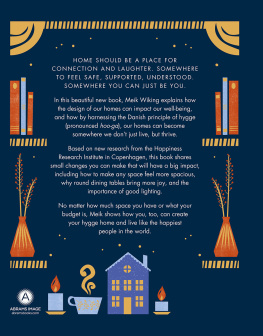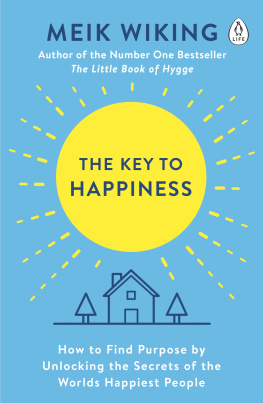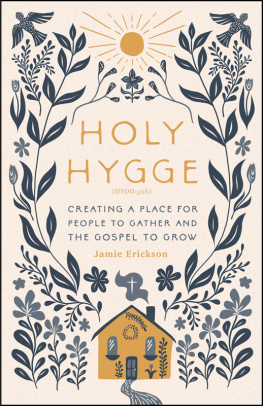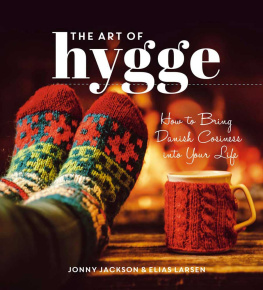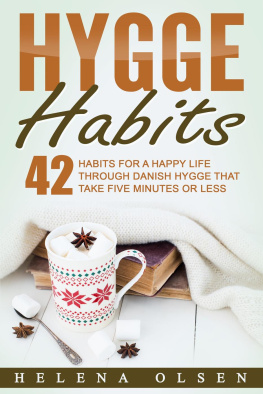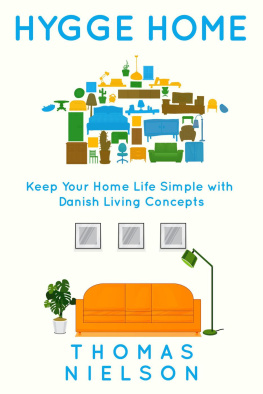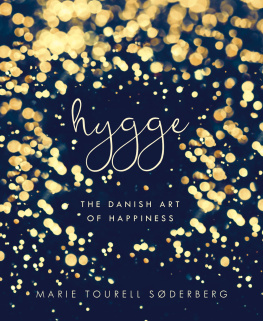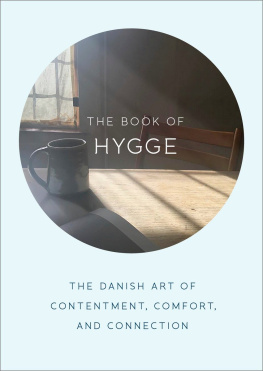Contents
Guide
Page List



Editor: Soyolmaa Lkhagvadorj
Design Manager: Zach Bokhour
Managing Editor: Lisa Silverman
Production Manager: Kathleen Gaffney
Library of Congress Control Number: 2022938578
ISBN: 9781419766374
eISBN: 978-1-64700-923-6
Copyright 2022 Meik Wiking
Photography credits can be found on
Designed by Saffron Stocker
Cover 2022 Abrams
First published in the UK in 2022 by Penguin Life, an imprint of Penguin Books/Penguin Random House UK.
This U.S. edition published in 2022 by Abrams Image, an imprint of ABRAMS. All rights reserved. No portion of this book may be reproduced, stored in a retrieval system, or transmitted in any form or by any means, mechanical, electronic, photocopying, recording, or otherwise, without written permission from the publisher.
The medical information contained in this book is not intended as a substitute for the medical advice of physicians. The publisher and author accept no responsibility for any liability, loss or risk, personal or otherwise, which is incurred as a consequence, directly or indirectly from the use and application of any of the contents of this publication.
Abrams Image books are available at special discounts when purchased in quantity for premiums and promotions as well as fundraising or educational use. Special editions can also be created to specification. For details, contact specialsales@abramsbooks.com or the address below.
Abrams Image is a registered trademark of Harry N. Abrams, Inc.

ABRAMS The Art of Books
195 Broadway, New York, NY 10007
abramsbooks.com
Contents
CHAPTER 1
DANISH DESIGN AND HYGGE HEADQUARTERS
CHAPTER 2
HYGGE, A PERFECT NIGHT IN
CHAPTER 3
SHINING A LIGHT ON HAPPINESS
CHAPTER 4
SPACE FOR HYGGE
CHAPTER 5
HOW TO DESIGN FOR CONNECTION
CHAPTER 6
WORK HYGGE, PLAY HYGGE
CHAPTER 7
THE CZANNE EFFECT
CHAPTER 8
HYGGE IS HOMEMADE
CONCLUSION
A HEALING PLACE FOR THE SOUL

CHAPTER
1
DANISH DESIGN AND HYGGE HEADQUARTERS
Can our homes make us happier? Can we design for well-being? Can we create better homes where we not only live, but thrive? The answers to these questions had been under my nose all the time, because growing up in Denmark means you grow up with two things: design and hygge.
You may be familiar with some of the names of Danish designers. Arne Jacobsen, Hans Wegner, Poul Kjrholm, Poul Henningsen, and Brge Mogensen are not just Danish household names, they are design icons throughout the worldand if you have watched Danish TV dramas such as Borgen, The Killing, and The Legacy, you have had a glimpse of Danish urban and interior design.
In fact, you may be one of those people who pause Borgen just to make sure those were Poul Henningsen Artichoke lamps in the prime ministers office. That attention to detail is why these shows have sometimes been referred to as furniture porn. By the way, I googled furniture porn. Regretted it immediately. Not what I thought!


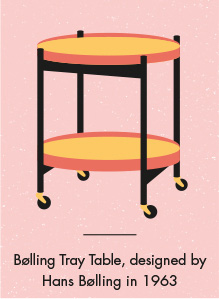
Denmark is so linked with design that when the Simpsonsin the cartoon showgo to Denmark, the flight attendant instructs the passengers to apply the final coat of varnish if they have been designing and building furniture during the flight.
But design goes beyond beautiful chairs. Design by its very definition is a plan to show the function or workings of a place or an object before it is created. It is to imagine how a place or a thing could be different and how this difference may impact us.
Design impacts how we move in our cities, what food we put on our plate, how we interact with our loved ones, whether we have dinner with our neighbors, how happy we are at work, and what we do with the time that we have been given. In short, it impacts the fabric of life and what makes life worth living.
Design can inspire us to become better human beings, to change the world positively, and if we harness the power of design, we have the tools to improve our quality of life.
That was the foundation of Danish design. Its a design tradition with a humanistic approach. Design for human beings. An ambition to create functional products with superior quality for the ordinary citizen. Products that could be bought by the average worker. A combination of simplicity, functionality, sustainability, quality, user-friendliness, and aesthetics. And design in Denmark has always been a broad field. Architecture, for instance, has always been a big part of it; architects would typically design not only the building but also everything in itfurniture that fit the building and cutlery that fit the restaurant.
One example is the SAS Hotel in the center of Copenhagen, designed inside and out by Arne Jacobsen in 1960.
Danish design is all about making where we live the best possible environment for our health and well-being. Or as John Heskett, professor at the Institute of Design at Illinois Institute of Technology and School of Design at Hong Kong Polytechnic University, puts it, Design, stripped to its essence, can be defined as the human capacity to shape and make our environment in ways without precedent in nature, to serve our needs and give meaning to our lives. Perhaps there is only one thing bigger than design in Denmarkand that is hygge.

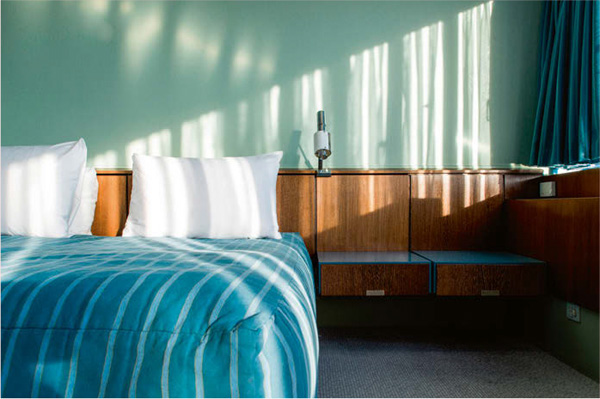
The importance of hygge
Hygge is the art of creating a nice atmosphere. It is about being with the people we love. A feeling that we are safe, that we are shielded from the world and can allow ourselves to let our guard down. You may be having an endless conversation about the small or big things in life, or just being comfortable in each others silent companyor you may simply be by yourself, enjoying a cup of tea. It is the feeling of home. In other words, hygge is about how we turn a house into a homeinto a place where we find comfort and connection. Designing your hygge home is to imagine which activities can take place here that will have a positive impact on your well-beingand then shaping your living space to make that happen.
Its difficult to overstate how important hygge is to the Danes and the Danish culture. The Danish obsession with hygge seems so ingrained in our cultural DNA and national values that to say you dont care about it would be as much of a social faux pas in Denmark as it would be for a British person to say, I dont think we should stay calmI think we should freak out, or for an American to say, Ive been thinking lately about this freedom thingand Ive come to the conclusion that it is not for me. Let me try to demonstrate just how much hygge means to us.

